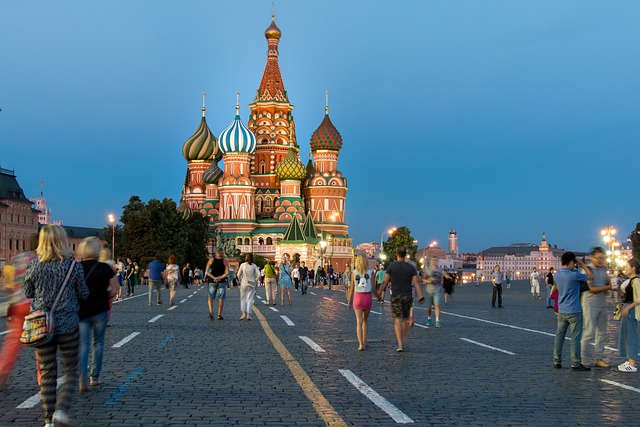Tag: Russia
-
Russia Facts For Kids | History, Geography, People
Background & Physical Setting The Russian Federation or perhaps Russia is the largest country (by land) in the world. The country that holds the world’s largest immigrants after U.S. have left many marks in the history. Previously it had occupied an area of 8.5 million sq. miles when the country was known as ‘Soviet Union’,…
Written by

